Pattern has long been used as a decorative addition to the structure of a garden; just look at Renaissance knot gardens and intricate Victorian carpet bedding for examples. Today the whole garden can become one big pattern. Designers of contemporary, conceptual gardens are showing us that a garden can be more than an outside room with utilitarian uses; it can be a work of art in its own right, viewed the same way that modern conceptual art is viewed in galleries.
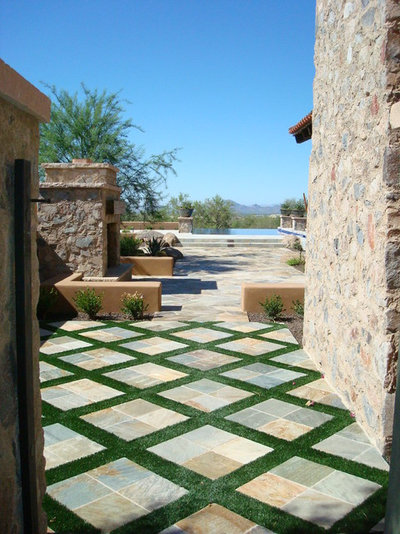
Hallmark Interior Design LLC
Knot gardens were developed during the Renaissance in Europe as intricate, decorative features composed of geometric patterns. This terrace shows a contemporary twist on the traditional knot garden design.
Though the area connects to other parts of a larger garden, it can be seen as a patterned feature in its own right, with its purpose as mainly decorative and not utilitarian.
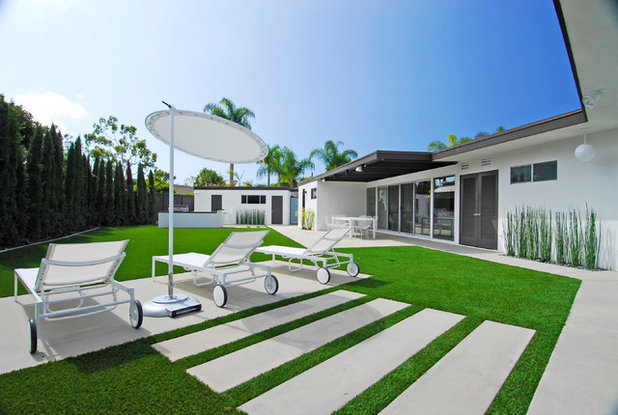
Brion Jeannette Architecture
We are starting to see contemporary designs that employ pattern as more than decoration, as an intrinsic component of the whole design — even in the most minimalist of gardens.
Here rectangular pavers lead to an island patio, creating a simple, repetitious pattern — but the clever designer integrated this pattern into the whole garden design.
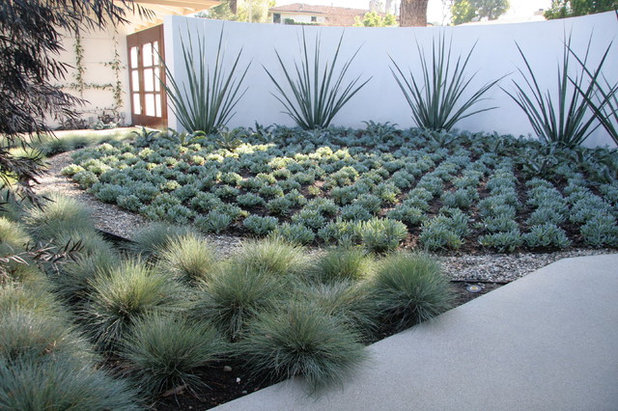
ecocentrix landscape architecture
Pattern in a contemporary garden doesn't always have to be achieved by hardscaping. This superb glaucous planting scheme fills the space with pattern and texture. The rhythmic, linear planting puts movement into the design and emphasizes the pattern clearly.
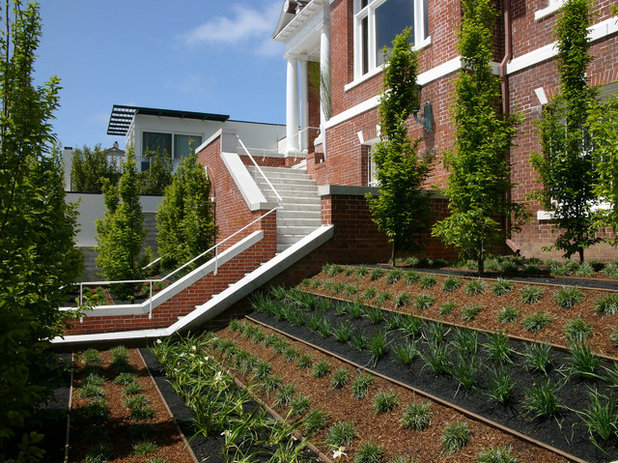
Christopher Yates Landscape Architecture
Formal patterns sometimes suit better than more fluid designs. This horizontal pattern not only aesthetically makes the most of a front entry bank, but also helps in practical bank retention.
The pattern is scaled to link sympathetically to the building, so it's part of the overall design and not a separate entity.
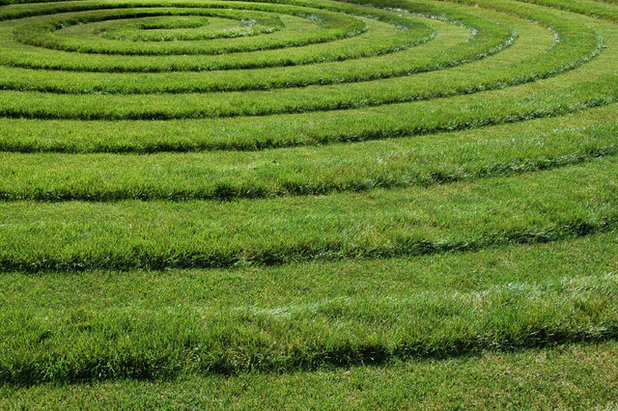
Kettelkamp & Kettelkamp
Spirals are one of the most distinct structural shapes in nature: ammonites, the pattern of seeds in a sunflower and the shape of DNA molecules, for instance. The spiral is a symbol of a spiritual journey to some and is a simple pattern used by many cultures.
Used here as a design cut from grass, the spiral is merely a pattern that fills an open space.
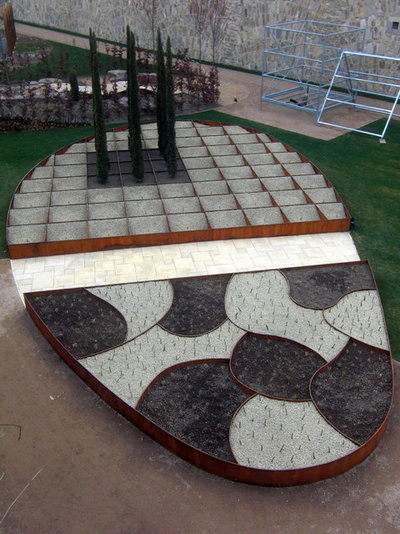
Stefan Laport Landscape Architect IFLA
The creation of conceptual gardens has been a turning point in the use of pattern in garden design. The term "conceptual gardens" is attributed to Tim Richardson, a landscape critic and the author of the groundbreaking book
Avant Gardeners.The conceptual garden seeks to portray an idea rather than provide a landscape design solution. It can employ pattern to present what some classify as modern art.

Stefan Laport Landscape Architect IFLA
The development of this concept of design has come through the upsurge of international garden festivals, where designers experiment away from the restrictions of traditional flower shows, such as the RHS Chelsea Flower Show.
The design here is part of a theme garden entitled "The Romans and the Limes," built at the 2011 National Garden Show in Germany. There are many festivals leading conceptual garden design throughout the world, including Chaumont-sur-Loire, in France; Reford Gardens, in Quebec; and the RHS Hampton Court Palace Show, in England.
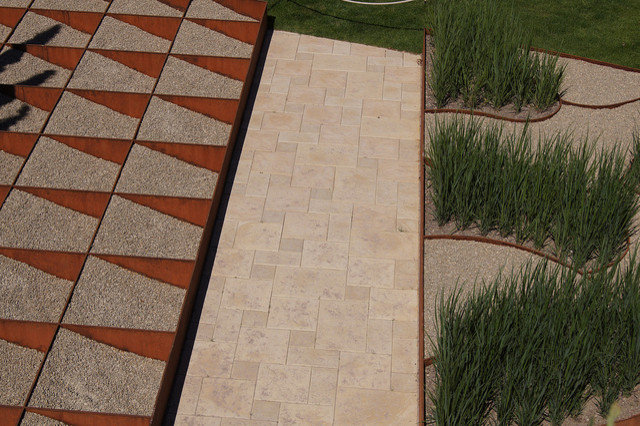
Stefan Laport Landscape Architect IFLA
This patterned design shows pure delight in the idea portrayed. There is little practical, utilitarian purpose to the design: little area for seating, no barbecue zone, no raised beds for food production. It is a design of artistic merit that delights the eye in its own right.
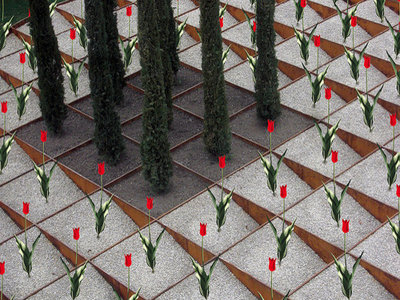
Stefan Laport Landscape Architect IFLA
Here we see the extremes that conceptual gardens can go to, with designs that are modern art in their own right.
Some may feel that the beauty of conventional gardens makes them art, and it is said that the English landscape garden is the most important art form to emerge from England. But to others, a conventional garden, such as a cottage garden, that is a jumble of flowers and vegetables is the ultimate celebration of artlessness.
The wonderful pattern shown here, with the squares and tulips planted on center, is the beauty of this conceptual design.





